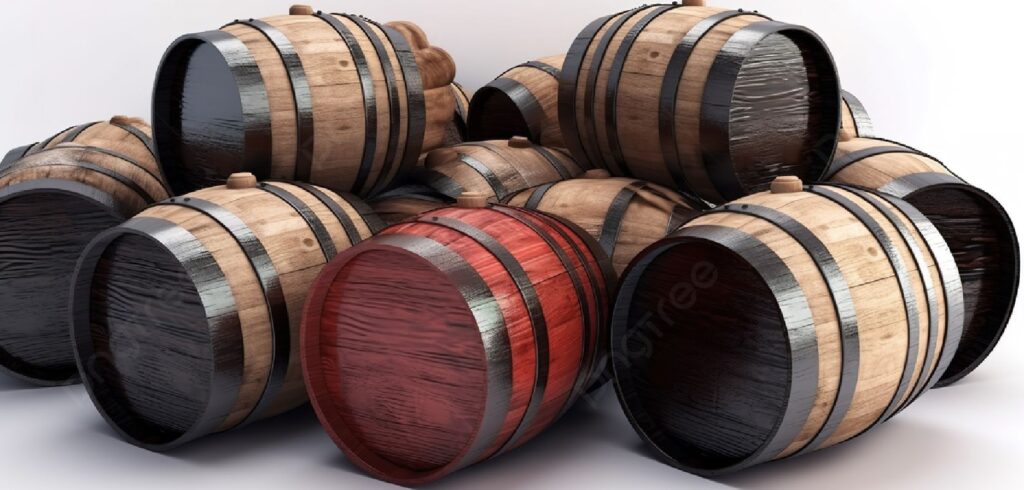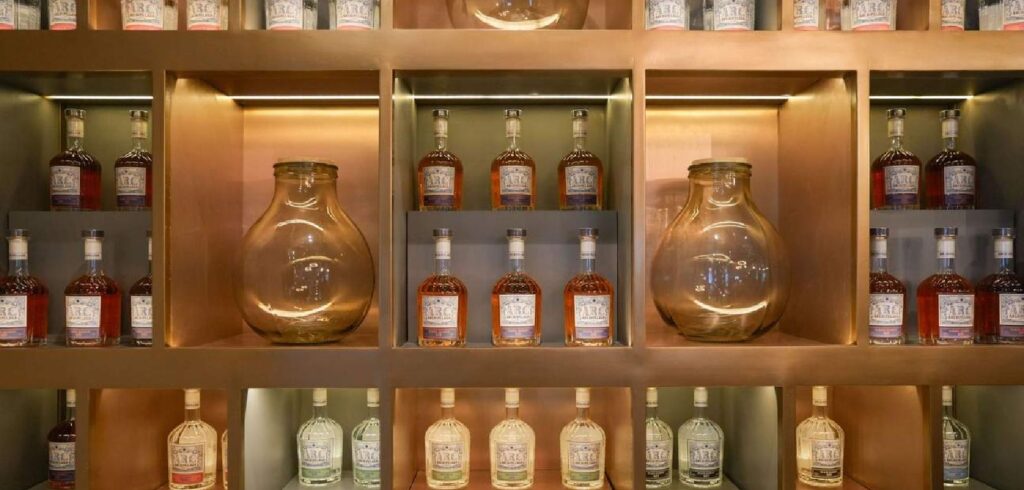Wine, a drink that celebrates pleasure and deliciousness, has a rich history and a challenging distillation process. In ancient times, wine distillation was not a simple task, but an art that required deep knowledge, dedication and skill. In this article, we will dive into the world of ancient wine distilling and reflect on the processes that form the essence of this special drink.

Fruit Picking and Selection is the initial and key process of wine distillation starting with careful picking of the grapes. The choice is very important, and distillers often rely on experience and knowledge in judging the ripeness and quality of grapes. Some grapes are considered better if picked at a certain time, often in the morning to maximize the sugar content and ideal acidity plus pressing and grinding. The grapes that have been picked are then pressed to produce grape juice which is the basic ingredient for wine. This process is carried out carefully to avoid introducing seeds and stems, which can affect the taste and quality of the wine. Afterwards, the grape juice is often pureed to ensure smooth, even results.

Fermentation is a key stage in wine distillation. The resulting grape juice is then allowed to ferment, where the sugar is converted into alcohol by yeast. This process requires strict temperature control and cleanliness to ensure results that match the desired taste. Some ancient wines even allowed fermentation to occur naturally, without the addition of yeast. Aging in Wooden Barrels Aging wine is a step that involves patience and tact. Many ancient wines were aged in wooden barrels for several months or even years. During the aging period, the wine absorbs the characteristics of the wood, imparting distinctive nuances and aromas. This process also helps ripen and even out the flavors of the wine and Filtering and Cleaning After aging, vintage wine must go through a filtering and cleaning process. The goal is to remove residue and produce clear, clean wine. Some ancient wine producers use traditional methods such as filtration with natural ingredients such as eggs or gelatin.

Wine that has gone through all the stages of distillation is then poured into bottles and carefully sealed. The wine bottles are then stored in the right conditions to ensure their quality is maintained. Proper storage can allow wine to grow and increase its deliciousness over time with Rituals and Traditions The ancient wine distillation process is not just a technical process, but also a cherished ritual and tradition. Many ancient wine producers passed on distilling methods and practices from generation to generation, creating a legacy that is attached to every drop of wine produced.
Ancient wine distilling is an art that creates drinks that are not only delicious, but also filled with history and wisdom. At every stage, distillers combine knowledge, skill and dedication to produce wines that reflect the identity of place and tradition. So, when we enjoy a glass of ancient wine, we seem to be connected to the traces of time and heritage presented by talented distillers.

